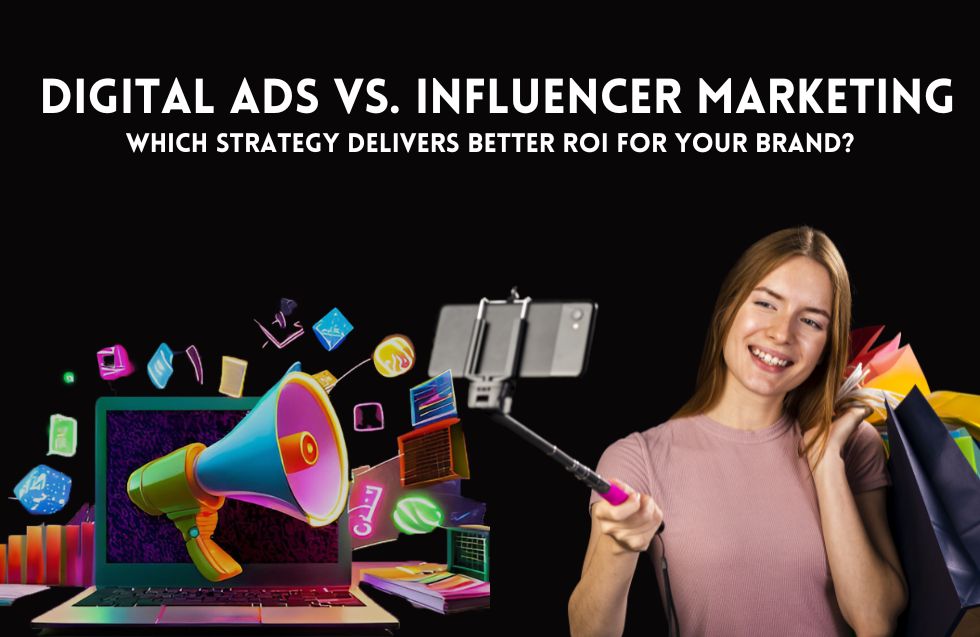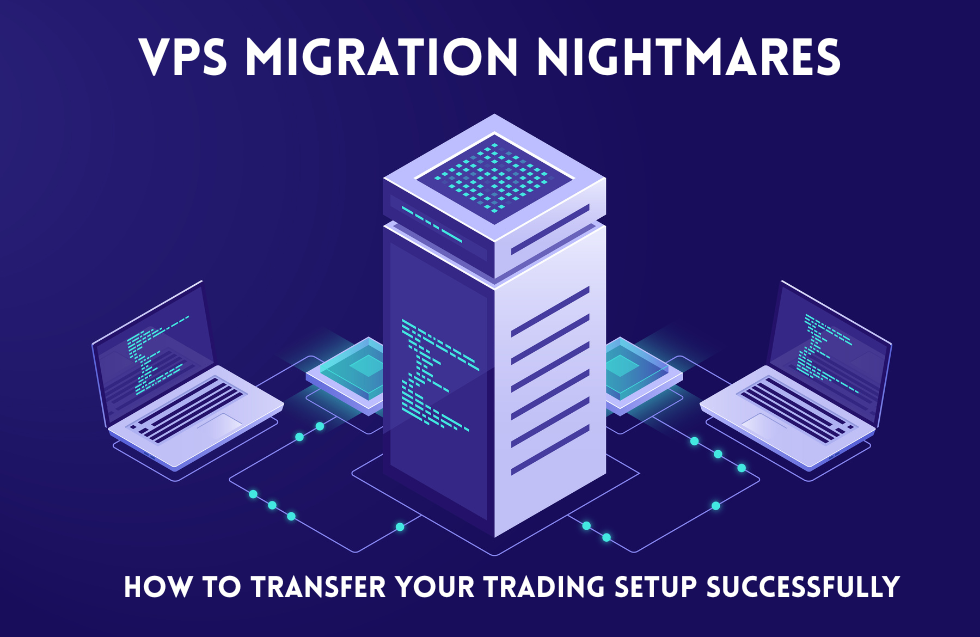In today’s digital landscape, businesses have a multitude of options for reaching and engaging customers. Among the most popular strategies are digital advertising and influencer marketing—two powerful tools that, while often complementary, offer distinct benefits and challenges. Understanding the return on investment (ROI) of these strategies can help brands make informed decisions and maximize their marketing impact. In this article, we’ll delve into the intricacies of digital ads and influencer marketing, comparing their ROI potential with insights from current stats and industry case studies.
The Power of Digital Advertising
Digital advertising encompasses a range of tactics, including search ads, social media ads, display ads, and video ads. It’s a direct form of promotion that allows brands to reach specific audiences with tailored messages. With data-driven targeting, businesses can pinpoint their ideal customers based on factors like location, interests, behavior, and demographics. This highly customizable nature of digital ads makes them an attractive choice for brands of all sizes.
Key Benefits of Digital Ads
- Scalability and Flexibility: Digital ads are highly scalable, with the ability to reach large audiences at a moment’s notice. Platforms like Google, Facebook, and LinkedIn allow brands to set daily or lifetime budgets and adjust campaigns in real time based on performance.
- Measurable Results: Digital ads provide precise data on metrics like impressions, clicks, conversions, and ROI. This data-driven nature allows businesses to assess campaign success and optimize strategies.
- Fast ROI: Paid ads can deliver results quickly. Businesses can instantly reach their target audience and drive immediate traffic, leads, or sales.
- Granular Targeting: Platforms like Facebook Ads and Google Ads offer granular targeting options, which allow brands to connect with niche audiences effectively.
ROI Potential of Digital Ads
With a focus on data, digital ads provide businesses with tangible metrics to measure ROI. For instance, Google Ads reports an average ROI of $2 for every $1 spent, making it a reliable tool for businesses with the right targeting and messaging. In e-commerce, display ads have a conversion rate of about 0.77%, while paid search ads offer a significantly higher conversion rate of 4.4%.
Case Study: Mid-sized E-Commerce Retailer Using Google Ads
One mid-sized e-commerce retailer sought to increase its online sales using Google Ads. By allocating a monthly budget of $10,000, the company targeted high-intent keywords, resulting in a 12% increase in conversions within the first month. The campaign generated $35,000 in sales from the $10,000 ad spend, yielding an impressive ROI of 250%. This retailer was able to continuously optimize campaigns by tracking performance and focusing on high-performing keywords and audiences.
The Rise of Influencer Marketing
Influencer marketing leverages the reach and trust of social media personalities to promote products or services. Influencers are often perceived as authentic voices, and they can create a strong emotional connection with their followers. With more than 50 million people globally considering themselves influencers, this form of marketing has become a significant channel for reaching targeted audiences in an organic way.
Key Benefits of Influencer Marketing
- Enhanced Credibility and Trust: Influencers, particularly those with niche audiences, often have a high level of trust and engagement with their followers. Their endorsements can lend credibility to a brand and drive more authentic engagement.
- Higher Engagement: Influencer posts tend to have higher engagement rates than traditional ads. According to a survey by Influencer Marketing Hub, micro-influencers have an average engagement rate of 7% on Instagram, compared to 2-3% for traditional brand accounts.
- Cost-Effective Options: While macro-influencers with millions of followers can be expensive, brands often see strong results with micro-influencers (10,000–100,000 followers) or even nano-influencers (1,000–10,000 followers), who tend to have more engaged audiences and lower partnership fees.
- Content Creation: Influencers create unique, engaging content that resonates with their followers. This not only promotes products but also gives brands access to new creative assets.
ROI Potential of Influencer Marketing
The ROI for influencer marketing can be highly variable. Studies indicate that for every dollar spent on influencer marketing, businesses can earn an average of $5.20. However, the effectiveness of influencer campaigns depends largely on selecting the right influencer, ensuring audience relevance, and crafting authentic messaging.
Case Study: DTC Skincare Brand with Micro-Influencers
A direct-to-consumer (DTC) skincare brand decided to engage with micro-influencers (10,000–50,000 followers) who catered to skincare and wellness audiences. With a monthly budget of $5,000, the brand collaborated with five influencers over a series of posts and stories, reaching a combined audience of 150,000 people. The influencers shared their personal experiences with the brand’s products, leading to an increase in brand credibility and trust among their followers. The campaign generated $18,000 in sales from the $5,000 investment, achieving an ROI of 360%. The brand also reported increased website traffic, social media following, and ongoing engagement with its products.
Digital Ads vs. Influencer Marketing: Analyzing ROI Potential
While both digital ads and influencer marketing can yield significant returns, understanding which one offers a better ROI requires analyzing key differences.
Cost Efficiency
Digital ads offer predictable and controlled costs, as businesses pay based on impressions, clicks, or conversions. This control allows brands to manage budgets more efficiently and directly correlate spend to results.
In contrast, influencer marketing costs can vary widely. For example, influencer fees are often negotiable and can depend on the influencer’s audience size, engagement rate, and niche. Micro- and nano-influencers are typically more cost-effective, while macro-influencers can be expensive but offer wider reach. A survey by Influencer Marketing Hub found that 67% of brands spend less than $50,000 annually on influencer marketing, with many brands seeing significant returns on modest investments.
Targeting and Reach
Digital ads excel in precise targeting, reaching specific audiences based on interests, online behaviors, and demographics. This precision makes digital ads ideal for brands targeting niche audiences or geographic regions. Platforms like Facebook Ads and Google Ads offer a wealth of data that enables brands to reach high-converting audiences.
Influencer marketing, however, can be powerful in niches where traditional targeting may be less effective. Influencers have built-in followers who already trust their recommendations, making influencer marketing highly effective for product categories like fashion, beauty, fitness, and food. The key to maximizing ROI in influencer marketing lies in finding influencers whose audiences align closely with the brand’s target customers.
Conversion and Engagement
In terms of conversions, digital ads generally outperform influencer marketing, especially for direct-response campaigns aimed at driving sales. However, influencer marketing tends to result in higher engagement rates. According to a study by Later and Fohr, Instagram Stories from influencers see average engagement rates between 4-7% for micro-influencers, compared to around 1-2% for brand ads.
Engagement often translates into brand awareness and loyalty, which are difficult to measure in terms of immediate ROI but can lead to long-term customer relationships and repeat sales.
Best Practices for Maximizing ROI in Digital Ads and Influencer Marketing
Both strategies have the potential to generate high ROI when used effectively. Here are some best practices for brands looking to maximize their investments:
- Leverage Data Analytics in Digital Ads: Data analysis is critical in digital ads. Brands should monitor key performance indicators (KPIs) like click-through rates (CTR), cost per click (CPC), and conversion rates to optimize campaigns in real time. Utilizing A/B testing and experimenting with different ad creatives can further enhance performance.
- Select the Right Influencers: ROI in influencer marketing is highly dependent on choosing influencers whose values align with the brand’s identity. Instead of focusing solely on follower count, brands should evaluate an influencer’s engagement rate, audience demographics, and authenticity.
- Use Influencer Content in Ads: Combining strategies can also maximize ROI. Brands can repurpose influencer content in paid ads to leverage the authenticity of influencer marketing with the targeting power of digital ads. This hybrid approach can boost engagement and broaden reach.
- Track and Optimize Campaigns: Both digital ads and influencer marketing campaigns should be tracked and optimized regularly. Brands can use tools like Google Analytics for digital ads and social media metrics for influencer campaigns to ensure the best possible performance.
- Focus on Long-Term Relationships: Establishing ongoing relationships with influencers can drive better results than one-off partnerships. Consistent, long-term collaborations often result in stronger engagement and trust.
Making the Choice: Digital Ads, Influencer Marketing, or Both?
In choosing between digital ads and influencer marketing, brands need to consider their goals, budget, and target audience. Digital ads are ideal for brands seeking immediate results and precise targeting, while influencer marketing offers a more organic approach that can foster deeper connections with customers. Ultimately, a balanced approach that integrates both strategies can offer the best of both worlds, combining the reach and precision of digital ads with the trust and engagement of influencer endorsements.
In a world where consumers are increasingly savvy and demanding authenticity, the strategic use of both digital ads and influencer marketing is becoming essential for brands looking to stay competitive. By understanding the strengths and ROI potential of each, businesses can craft a cohesive marketing strategy that drives growth, builds trust, and engages customers in meaningful ways.












